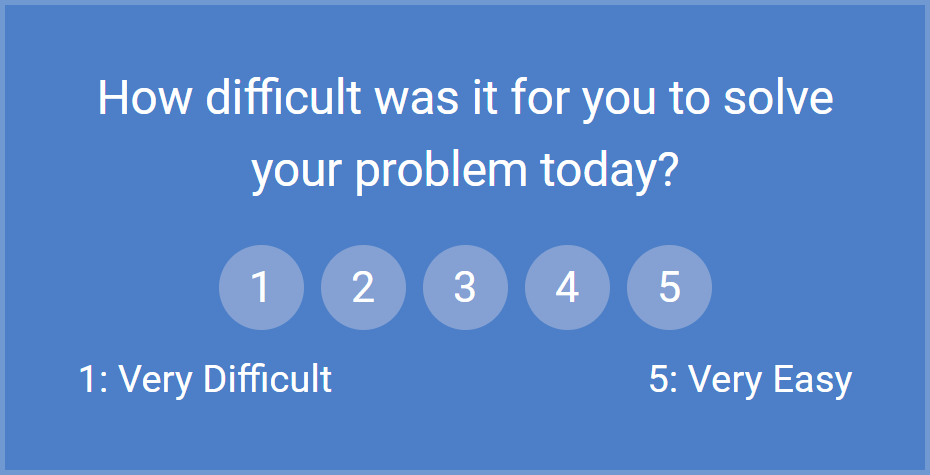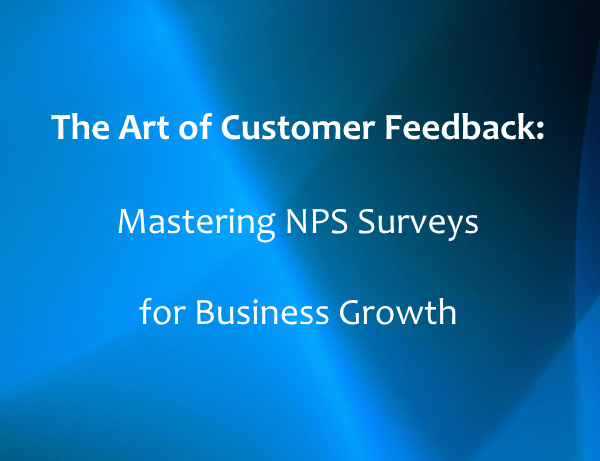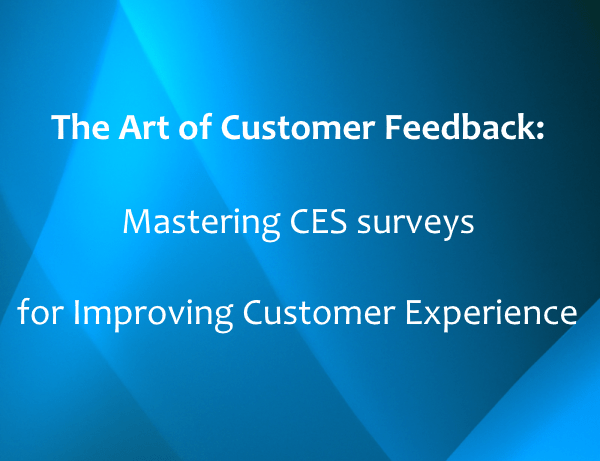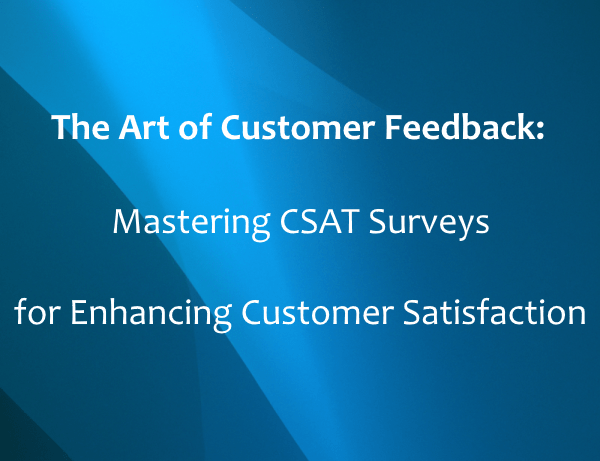CSAT vs NPS vs CES: The Pros And Cons Of Each Customer Satisfaction Metric
In today's competitive business environment, measuring customer satisfaction is essential for companies to stay ahead of the curve.
There are various metrics to measure customer satisfaction, of which three of the most popular are CSAT, NPS, and CES.
Each metric has its advantages and disadvantages. In this article, we will explore the pros and cons of each customer satisfaction metric
to help you choose the right one for your needs.
CSAT

CSAT, or Customer Satisfaction Score, is a metric used to measure customer satisfaction with individual transactions. It usually involves a simple survey question, asking customers to rate their satisfaction with a particular product or service on a scale of 1 to 5 or 1 to 10.
Advantages of using CSAT:
- Easy to understand for customers and employees
- Quick and simple to administer
- Provides specific feedback on customer satisfaction with individual transactions
However, there are also some disadvantages of using CSAT:
- Limited scope of data, as it only measures satisfaction with individual transactions
- Does not measure overall loyalty or willingness to recommend
- Can be affected by response bias, where customers may give more positive ratings to avoid confrontation or please the company.
More about CSAT...
NPS

NPS, or Net Promoter Score, is a metric used to measure customer loyalty and willingness to recommend a company's product or service to others. It involves a simple survey question, asking customers to rate on a scale of 0 to 10 how likely they are to recommend the company to a friend or colleague.
Advantages of using NPS:
- Measures overall loyalty and likelihood to recommend
- Provides a benchmark for comparison with other companies
- Can be used to track changes in customer sentiment over time
However, there are also some disadvantages of using NPS:
- Limited scope of data, as it only measures loyalty and willingness to recommend
- Does not provide specific feedback on individual transactions
- Can be affected by response bias, where customers may give higher ratings to please the company or appear more positive.
More about NPS...
CES

CES, or Customer Effort Score, is a metric used to measure the ease of completing a task or transaction. It involves a simple survey question, asking customers to rate on a scale of 1 to 5 or 1 to 7 how easy it was to complete a particular task, such as placing an order or getting a problem resolved.
Advantages of using CES:
- Measures the ease of completing a task or transaction
- Provides specific feedback on the customer experience
- Can be used to identify areas for improvement in customer service processes
However, there are also some disadvantages of using CES:
- Limited scope of data, as it only measures ease of completing a task or transaction
- Does not measure overall loyalty or likelihood to recommend
- Can be affected by response bias, where customers may give higher ratings to avoid confrontation or appear more positive.
More about CES...
Choosing the Right Metric
When choosing a customer satisfaction metric, companies need to consider various factors, including their business goals and objectives, target audience and customer base, type of customer interaction being measured, and resources and capabilities for data collection and analysis.
For example, a company focused on improving customer experience processes may find CES to be the most effective metric. On the other hand, a company looking to measure overall customer loyalty and advocacy may prefer to use NPS.
Some examples of companies effectively using different metrics include Apple, which uses NPS to measure customer loyalty, and Amazon, which uses CSAT to measure satisfaction with individual transactions.
Regardless of the chosen metric, there are some best practices to follow, including using a consistent survey question and format, ensuring a representative sample of customers is included, and using data analysis to identify trends and areas for improvement.
Conclusion
In conclusion, there are pros and cons to each customer satisfaction metric, and companies must choose the right one for their specific needs. CSAT provides specific feedback on individual transactions, NPS measures overall loyalty and willingness to recommend, and CES measures the ease of completing a task or transaction. By considering business goals, target audience, and resources, companies can select the most effective metric to measure customer satisfaction and use the data to improve customer experiences.
It is important to note that these metrics are not mutually exclusive, and companies may choose to use a combination of metrics to gain a more comprehensive understanding of their customers' satisfaction levels.
Additionally, it is crucial to take action on the data collected from these metrics. Simply collecting and analyzing data without implementing changes based on the feedback received will not lead to improved customer satisfaction.
By regularly monitoring and analyzing customer satisfaction metrics and taking action to address areas for improvement, companies can enhance their customer experiences, increase loyalty and advocacy, and ultimately drive business growth.
In summary, choosing the right customer satisfaction metric can be a valuable tool for businesses to measure and improve customer experiences. Each metric has its own set of pros and cons, and companies must carefully consider their specific needs and objectives when selecting a metric. By using these metrics effectively and taking action on the feedback received, companies can drive business growth and enhance customer loyalty and advocacy.





